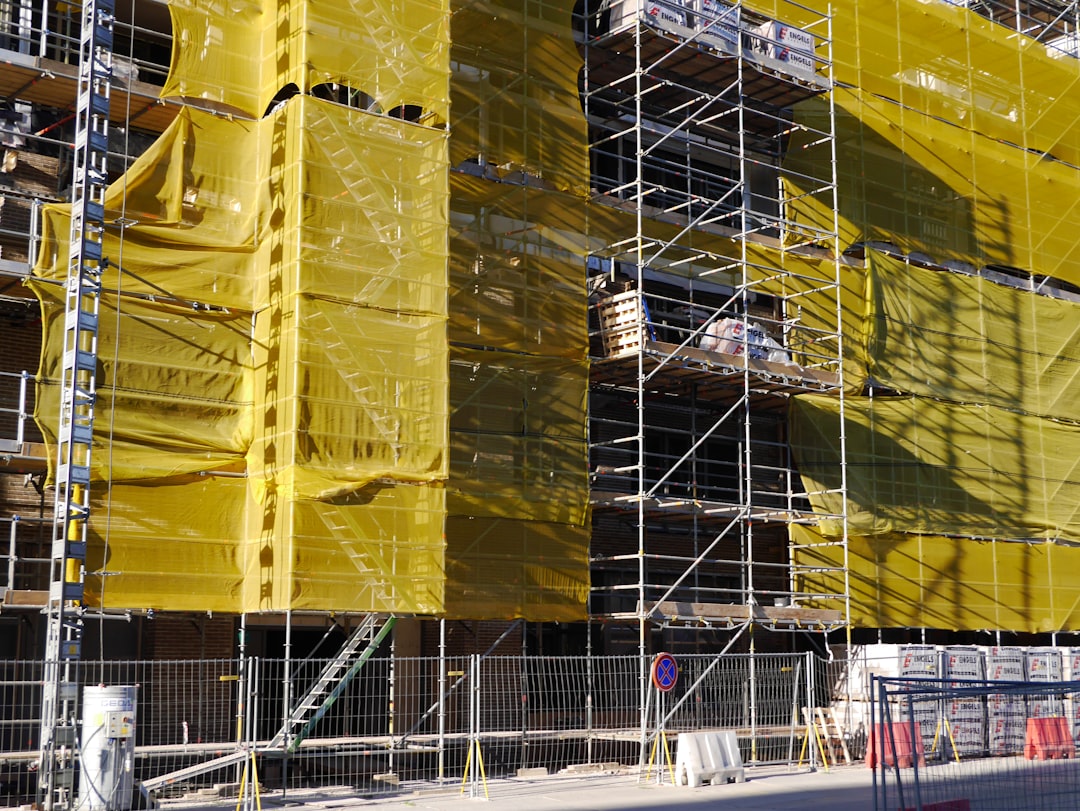Understanding the Different Types of Scaffolds: Pros, Cons, and Safety Tips
Byron Wood - a year ago

There are several types of scaffolds that are commonly used in the construction industry. Each type of scaffold has its own set of advantages and disadvantages, and it is important to consider these factors when deciding which type of scaffold is best for your project.
Introduction
There are several types of scaffolds that are commonly used in the construction industry. Each type of scaffold has its own set of advantages and disadvantages, and it is important to consider these factors when deciding which type of scaffold is best for your project.
One common type of scaffold is a supported scaffold, which is a scaffold that is supported by poles, legs, or frames. Supported scaffolds are widely used because they are easy to assemble and can be easily adjusted to different heights. They are also relatively inexpensive to rent or purchase. However, they do require a solid foundation, and they may not be suitable for use in areas with unstable soil or uneven ground.
Another type of scaffold is a suspended scaffold, which is a scaffold that is suspended from a building or other structure. Suspended scaffolds are useful for reaching high areas that cannot be accessed by a supported scaffold. However, they require a strong anchor point, and they may not be suitable for use in areas with strong winds or other weather conditions that could affect the stability of the scaffold.
A third type of scaffold is a mobile scaffold, which is a scaffold that is mounted on wheels or casters and can be easily moved from one location to another. Mobile scaffolds are convenient because they can be used in a variety of locations and do not require a permanent foundation. However, they may not be as stable as other types of scaffolds and may not be suitable for use in high-wind areas or on uneven ground.
A fourth type of scaffold is a tower scaffold, which is a scaffold that is self-supporting and can be easily assembled and disassembled. Tower scaffolds are useful because they are portable and can be easily moved to different locations. However, they may not be as stable as other types of scaffolds and may not be suitable for use in high-wind areas or on uneven ground.
Conclusion
There are several different types of scaffolds that can be used in the construction industry, each with its own set of advantages and disadvantages. It is important to consider the specific needs of your project and the environment in which the scaffold will be used when deciding which type of scaffold is best for you. Tools like Cloudscaff Scaffold Management Software can also help you manage and track the use of your scaffolds, ensuring that they are used safely and efficiently.
Question:
Are you a scaffolding company looking to improve your business? We've got you covered! Check out our additional resources below to see how Cloudscaff Scaffold Management Software can help:
- Explore more helpful blogs on inventory management and other industry-specific topics at https://cloudscaff.com/blogs
- Take a look at our innovative products designed to streamline your inventory management process at https://cloudscaff.com/product
- Want to see Cloudscaff in action? Book a demo with us at https://calendly.com/cloudscaff/onboarding
- Have questions or want to learn more? Contact us at info@cloudscaff.com and one of our team members will be happy to assist you.